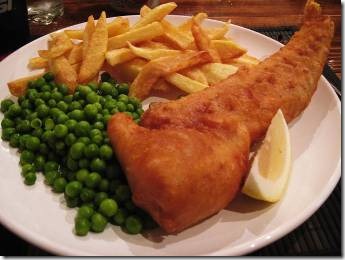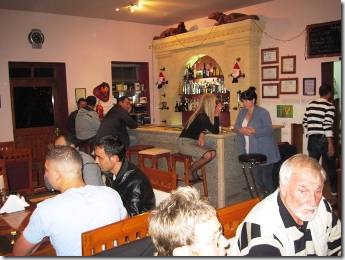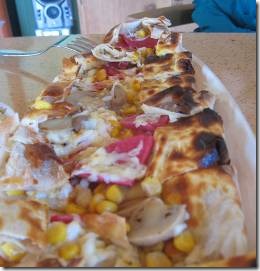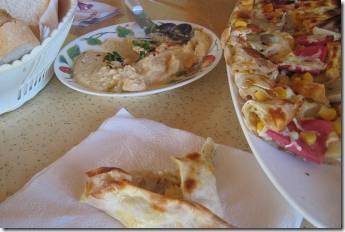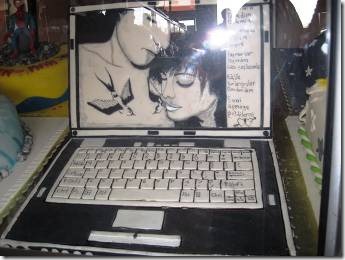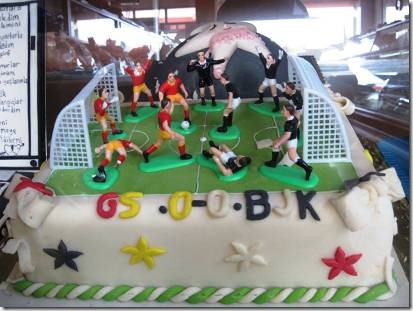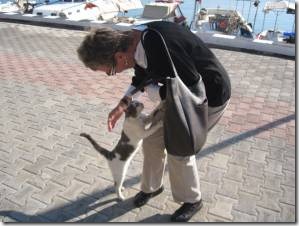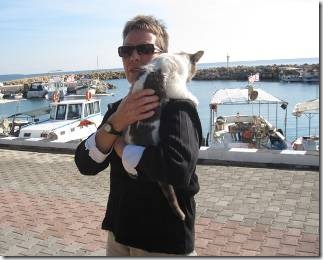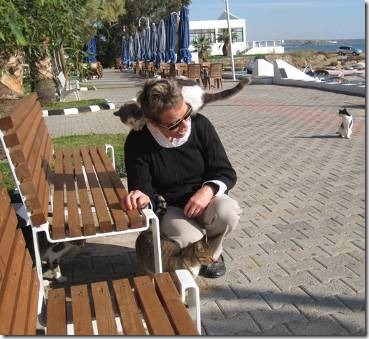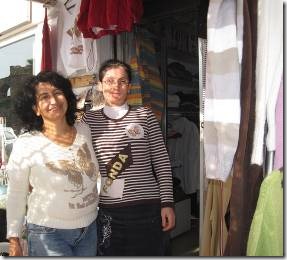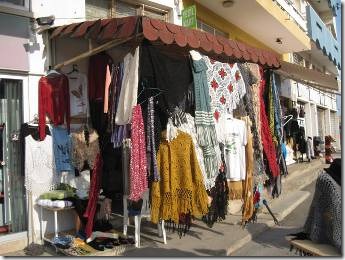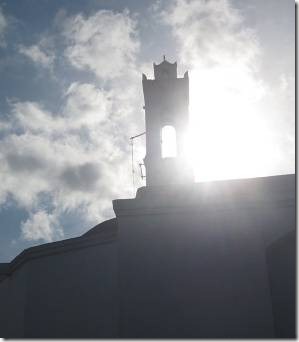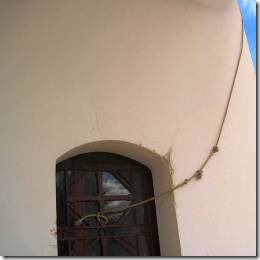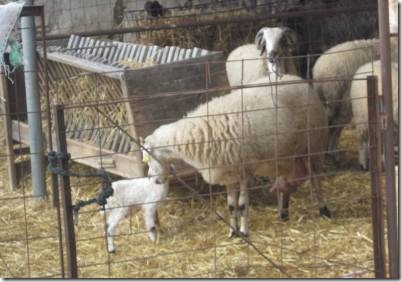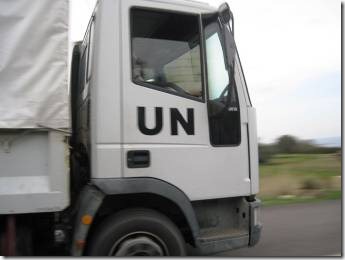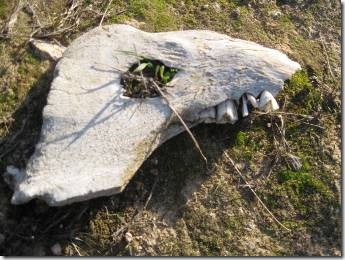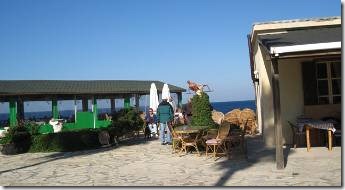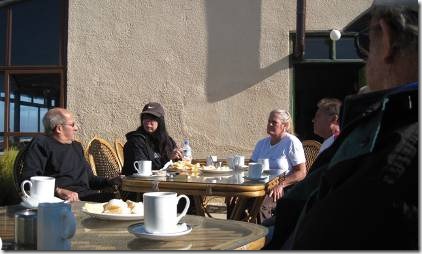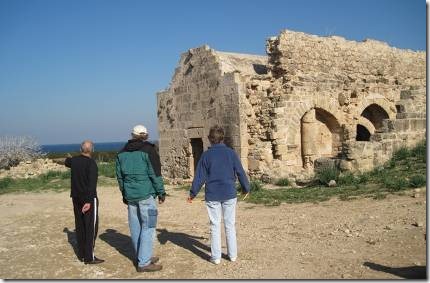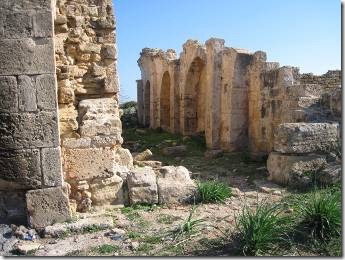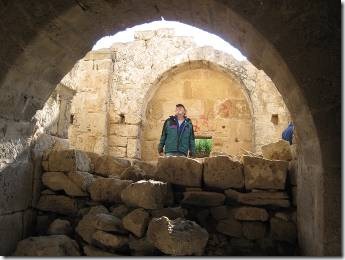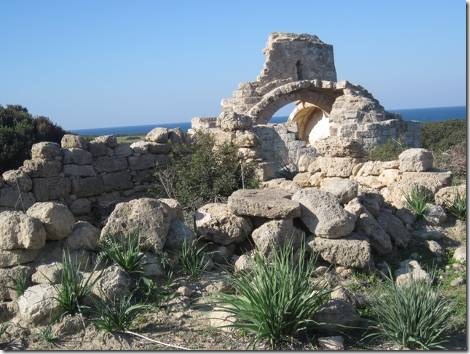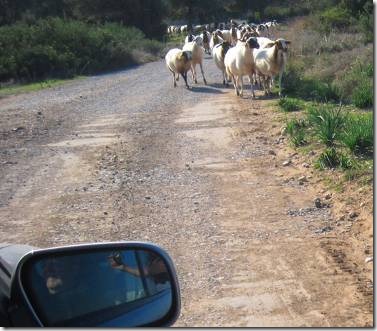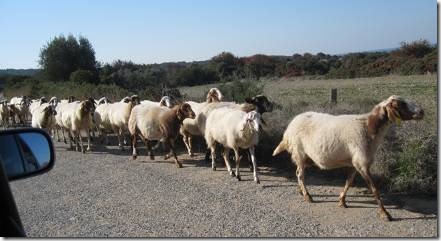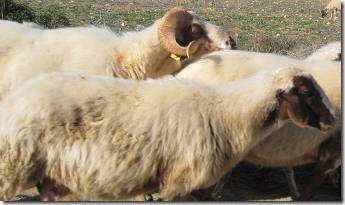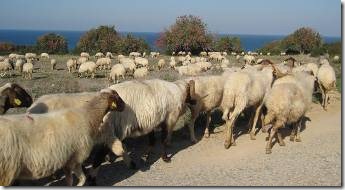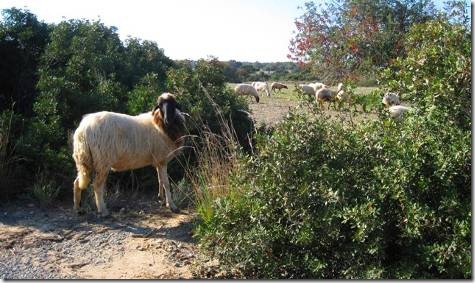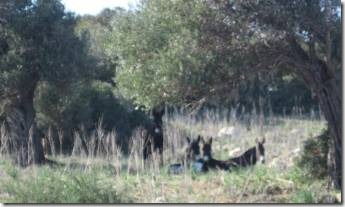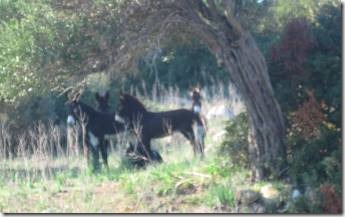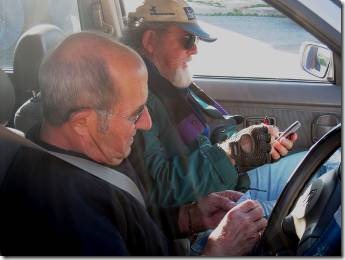It’s Thursday and the weather cooperated so we could do our weekly Deks walk with Denise. It was uphill the whole way, but the view at the top was worth it. This afternoon/evening was a lovely party on Surrey Rose owned by David and Jill who put on a feast for all of the cruisers here in the marina. Tomorrow we’re off on another Julia/Robin adventure to take their dog Scruffy off for a stay at the kennel while Julia and Robin go off for a long Christmas weekend. Robin knows a restaurant near the kennel where I can get sardines like I had in Izmir. We’ll see.
This email is a mish mash of photos from different adventures.
Ru
Variety Pack…a little bit of this and that from the past week of so
These are some photos I want to share from the past week or so.
Food photos
Fish and chips at Deks.
Friday night is fish and chips night at Deks. Last Friday after our visits to Philon and Aphendrika we joined Julia and Robin and what seemed like half the British population of Karpaz for a fish and chips dinner. We were asked if we wanted hard peas or mushy peas…or something along those lines meaning “do you want your peas still round or mashed up”…I think. It felt as if we were in Jolly Old England listening to everyone talk.
I had my peas “unmashed” but next time will ask for the mushy ones just to see what that really turns out to be. Everyone at our table ate “hard” peas or skipped them altogether.
Deks, “Where everyone knows your name!”
Sunday, after our walk to the nearby light house, we tried a Yenierenkoy restaurant recommended by Julia and Robin for pide. We’d eaten pide in Turkey, except Randal couldn’t remember what it was. It’s basically seems like a cross between pizza dough and bread dough topped with cheese or meat or whatever. My Turkish/English dictionary translates pide as “fat bread,” probably because it is stuffed.
"Mixed Pide"
It was pretty good, though next time I’ll skip the pink baloney like meat and just get cheese and veggies. Randal ate some but concentrated on the bread and hummus that we also ordered.
……………………………..
During our Famagusta trip on Monday we stopped at a wonderful bakery for some bread and sight- seeing. There were lots of interesting theme cakes. There were car cakes and Elvis cakes, but I though these two said a lot about where Turkish interests lay…
A laptop cake
Looks like the score is 0 to O.
Actually the cakes remind me of Hope Cemetery near Montpelier, VT where the headstones are carved to look similar to these cakes!
“Located on a small hillside in Barre, VT, the "Granite Capital of the World", the Hope Cemetery stands as a magnificent tribute to the stone cutters and artisans peacefully interred amongst their very own creations. Entering the front gate, you will pass by two granite sentries, forever watchful over their abode. From the moment you arrive you’ll notice this is no typical resting place for loved ones gone by. It is truly a gallery of splendid artwork in the most unusual of settings.” http://www.vermonter.com/hopecemetery.asp
…………………………………………………………
Hundreds of cats, thousands of cats, millions and billions and trillions of cats…
Well, maybe not that many, but lots of cats in Boğaz Harbor. One of Julia’s line dancing buddies raises money for food and health care for the cats. Jan is a psychiatric nurse by training, but a cat lover by nature. On weekends she has a booth in Boğaz harbor and sells whatever people have donated, the money all being used for the cats. Randal and I donated some too-small clothes and a few other things. Julia had knitted a lovely toddler sized yellow sweater, pants, and hat to be sold most likely for less than the cost of the yarn! We stopped in Boğaz on our way to Famagusta to see the harbor and visit with some of the cats.
Julia and the cats
Julia and Robin have one rescued dog, Scruffy and one rescued old cat.
………………………………………………………..
Finding wool in North Cyprus
You would think that North Cyprus shops would, with all of the sheep raised here, sell yarn made from wool. All of the shops in Yenierenkoy sell acrylic. In Famagusta I found a shop selling a mix or mohair and acrylic so bought some…just in case. Maybe I’ll knit a vest. Here are the yarn ladies who gamely tried to explain about their yarn to me with my very limited Turkish.
………………………………………………………………
Closer to home, back in Sipahi, on one of our walks we passed the Greek church that is sometimes used for Sunday services.
You can see the rope going from the bell tower to the door, making one tempted to pull it just to hear the bells. But I didn’t do it.
We also passed a “just born” baby lamb.
We were told that when the grass is available this time of year, more lambs are born. It certainly seems that way. I didn’t want to get closer and disturb the mom, or the woman who lived at the farm and was a bit suspicious of me taking photos.
We saw a parade of UN trucks driving through Sipahi one day on their way to deliver supplies to the Greek Cypriots who still live in the north. The Greeks have “refugee” status so are entitled to supplies from the UN.
Interesting remains I saw on a wall through the hills of Sipahi
I can see how people could become interested in archeology because seeing old bones and pieces of things lying about. It makes me want to know more.
I have more photos from Famagusta, Salamis, and Julia’s line dancing in Girne. Maybe I’ll catch up over the weekend.

